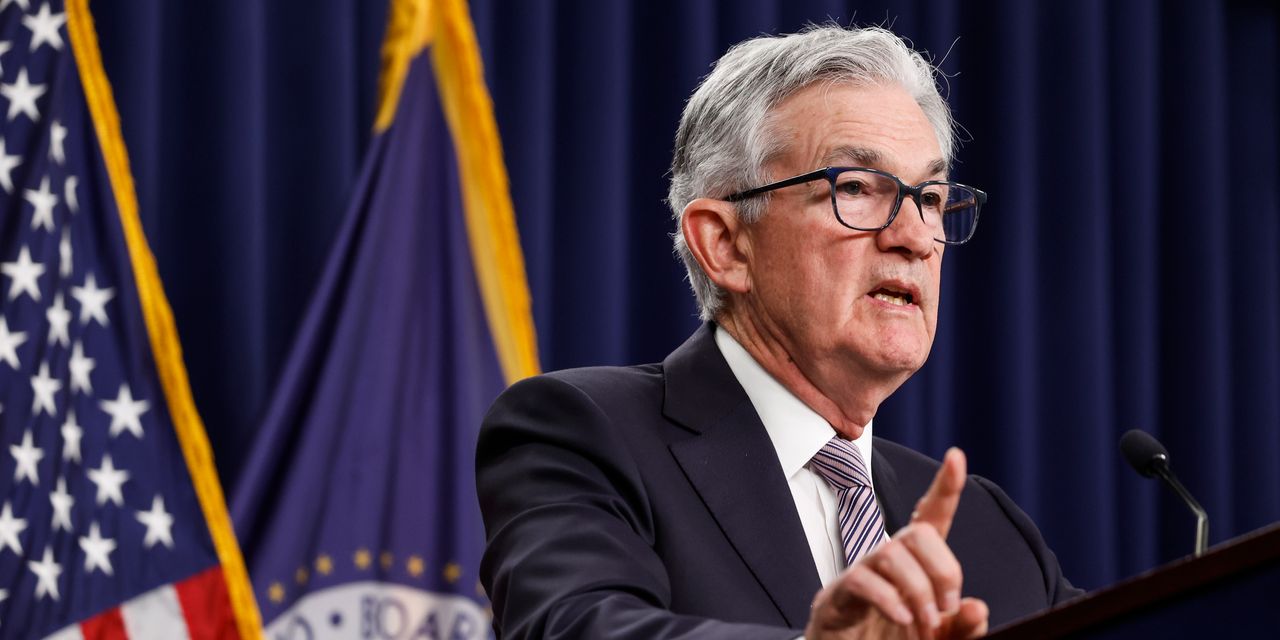Inflation remains more than double the Federal Reserve’s target, the financial sector is reeling from a trio of bank collapses and economists’ calls for an imminent downturn are growing louder by the day. But to Fed Chairman Jerome Powell, the chances that the central bank manages to defy history and slow price growth without crashing the economy remains not only possible, but likely—and the Fed’s work might be almost done.
“I continue to think that it’s possible that this time really is different,” Powell told reporters Wednesday after the Fed moved to raise rates for the 10th consecutive time this tightening cycle, to just above 5%. “Avoiding a recession is, in my view, more likely than having a recession.”
Powell’s outlook on the way forward for the U.S. economy provided a jolt of optimism after a string of recent economic and financial hiccups that have spooked investors and reignited recession fears. In remarks to reporters, he argued that the remarkably resilient labor market could be strong enough to stave off an economic downturn and that wages could slow back to a more typical pace as demand for workers falls, even if unemployment never turns materially upward.
The fact that the jobless rate has remained near a record low despite 5 percentage points of rate hikes since last March has heightened the possibility, he suggested, that the labor market could continue to gradually cool without widespread layoffs.
Powell also emphasized that the banking system is sound and that the Fed will be working to ensure the bank crises seen over the past several weeks won’t happen again. And he suggested that because of the way the economy has been responding to both the Fed’s rate hikes and the tightening in credit conditions due to the banking sector fallout, the central bank may have just raised the federal-funds rate for the last time this cycle.
“There’s a sense that we’re much closer to the end of this than to the beginning,” Powell said.
To be sure, the outlook wasn’t entirely rosy. The Fed chairman left the door open for further tightening if incoming economic data warrants another interest-rate hike, while acknowledging that his no-recession forecast would “be against history” and that a downturn cannot be ruled out.
Still, his comments overall came off as remarkably upbeat on the way forward for the central bank as it moves into a more delicate stage of its tightening cycle and tries to inch its way toward an elusive finish line. Federal Open Market Committee officials were unanimous in their decision to hike rates again, suggesting that every member viewed the economy as strong enough to withstand further tightening.
Powell was careful not to tie the Fed’s hands about what comes next. His repeated emphasis on taking a “data dependent” approach means the central bank has abandoned the idea, at least for now, of providing investors with explicit forward guidance about what to expect when the FOMC meets again toward the end of June.
But the focus on ongoing economic strength and resiliency suggests the Fed’s bias remains toward going further to tighten policy even if it means some economic fallout, given that inflation is still the central bank’s primary target. Despite recent banking instability, the Fed continues to be more worried about not doing enough to get inflation under control than it is about tightening too much.
The committee “is retaining a hawkish policy tilt so as not to encourage financial market participants from getting ahead of themselves with regard to rate cut expectations and unduly easing financial conditions,” wrote Richard de Chazal, a macro analyst with William Blair. “The Fed feels it is leaving its options open.”
Write to Megan Cassella at [email protected]
Read the full article here




